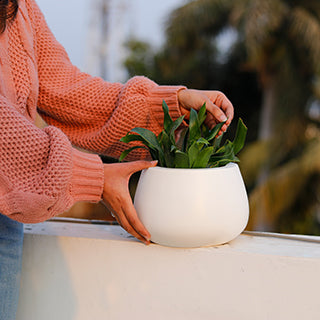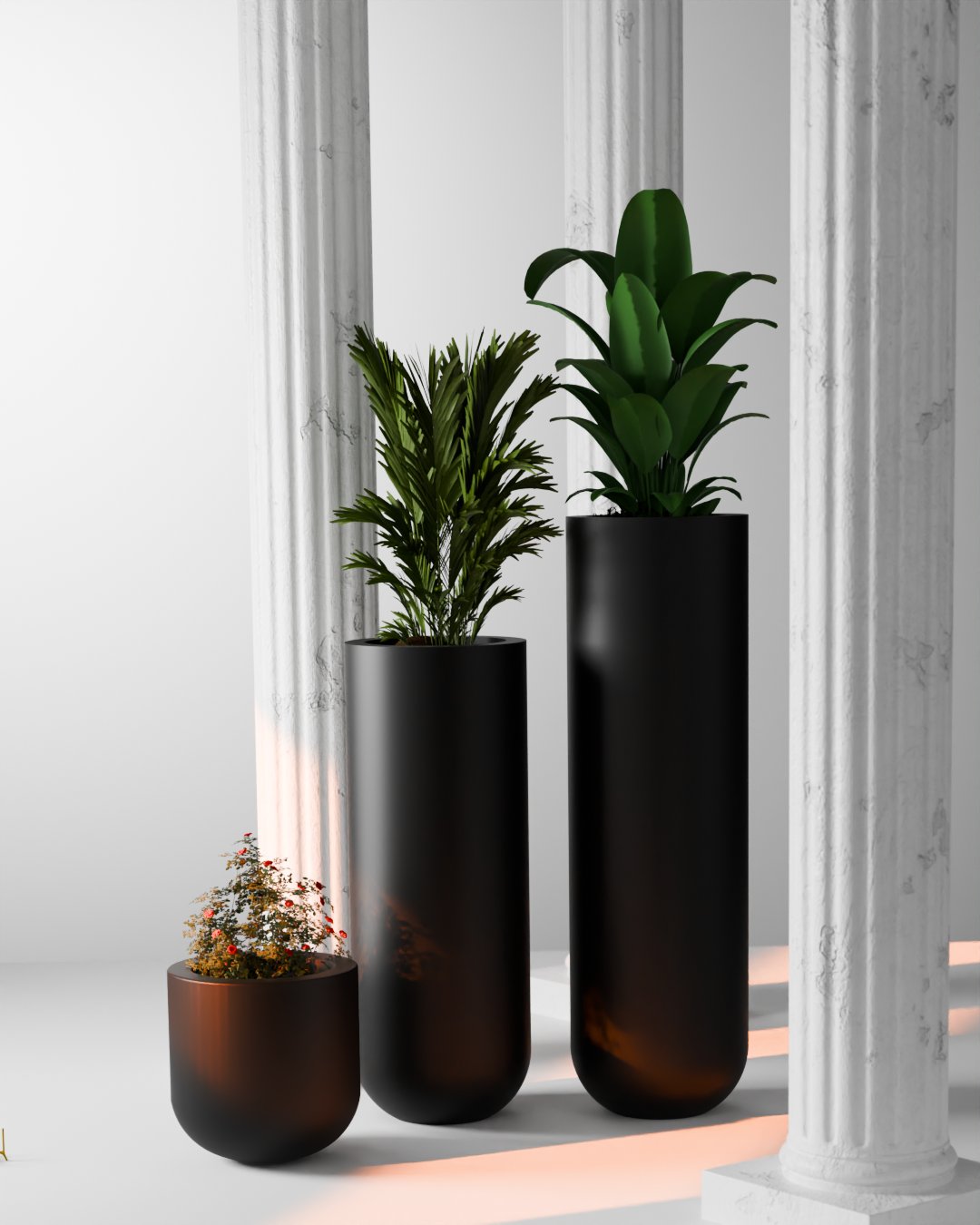
The Environmental Impact of FRP Planters: A Closer Look
As the world becomes increasingly aware of the importance of sustainability and environmental responsibility, industries are being forced to re-examine their practices and products. The horticulture industry is no exception, and one area that has come under scrutiny is the use of planters. Traditional planters made from materials like plastic, wood, and ceramic have significant environmental impacts, from resource depletion to waste generation. However, a newer alternative has emerged: FRP (Fiber-reinforced Polymer) planters. But what is the environmental impact of FRP planters, and are they a truly sustainable option?
The Benefits of FRP Planters
FRP planters have several advantages over traditional planters. They are:
Lightweight: FRP planters are significantly lighter than traditional planters, making them easier to transport and reducing the carbon footprint of transportation.

Durable: FRP planters are incredibly durable and can withstand harsh weather conditions, reducing the need for frequent replacements.

Low Maintenance: FRP planters require minimal maintenance, as they are resistant to corrosion, rust, and decay.

Recyclable: FRP planters can be recycled at the end of their life cycle, reducing waste and the demand for virgin materials.
The Environmental Impact of FRP Planters
While FRP planters have several benefits, they are not without their environmental impacts. The production of FRP planters requires:
Energy Consumption: The manufacturing process for FRP planters requires significant amounts of energy, which can contribute to greenhouse gas emissions.
Raw Materials: FRP planters are made from a combination of fiberglass and resin, which are derived from non-renewable resources like petroleum.
Waste Generation: While FRP planters can be recycled, the production process generates waste, including scraps of fiberglass and resin.
Comparing FRP Planters to Traditional Planters
So, how do FRP planters compare to traditional planters in terms of environmental impact? A study by the National Ready Mixed Concrete Association found that FRP planters have a significantly lower carbon footprint than traditional planters made from concrete, steel, and wood. Additionally, FRP planters require less energy to produce than ceramic planters.
The Future of Sustainable Planters
While FRP planters are not a perfect solution, they represent a significant step towards sustainability in the horticulture industry. As the industry continues to evolve, we can expect to see even more innovative and sustainable materials emerge. Some potential areas for future development include:
Biodegradable Materials: Researchers are exploring the use of biodegradable materials, like plant-based bioplastics, to create sustainable planters.
Recycled Materials: Using recycled materials, like recycled plastic or glass, to create planters could significantly reduce waste and the demand for virgin resources.
Closed-Loop Systems: Implementing closed-loop systems, where planters are designed to be recycled and reused, could minimize waste and reduce the environmental impact of planters.
Conclusion
The environmental impact of FRP planters is complex and multifaceted. While they have several benefits, including durability and recyclability, they also require significant amounts of energy and raw materials to produce. However, compared to traditional planters, FRP planters represent a significant step towards sustainability. As the industry continues to evolve, we can expect to see even more innovative and sustainable materials emerge. By prioritizing sustainability and environmental responsibility, we can create a more environmentally friendly future for the horticulture industry.































